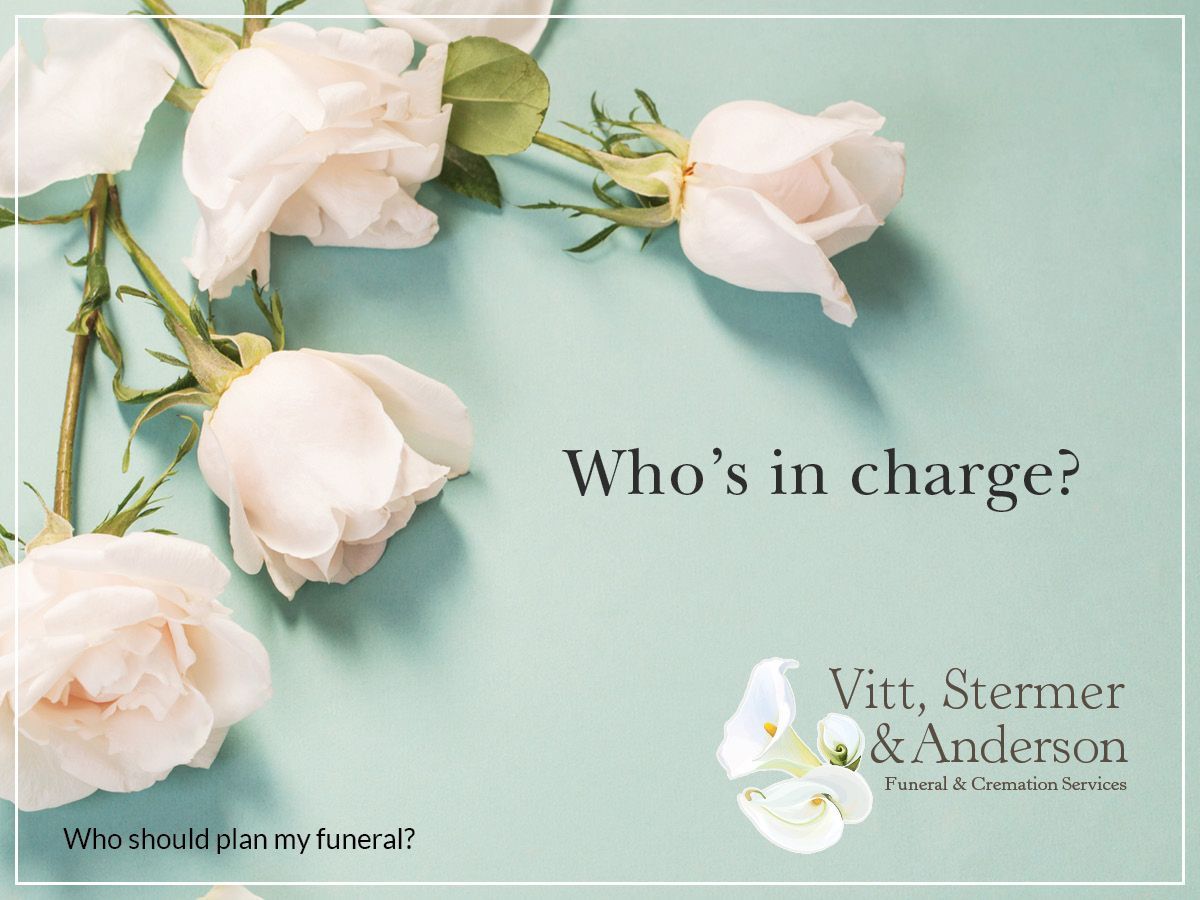The Different Types of Crypts in a Mausoleum
Did you know there are actually quite a few decisions to make beyond whether you choose burial or cremation? Cemeteries offer a wide variety of final resting places for you and your loved ones, but which one is right for you? When you choose a mausoleum, you still have another decision to make: Which type of crypt should you rest in?
What Is a Mausoleum?
First, let’s define a mausoleum. Mausoleums are free-standing buildings inside a cemetery that serve as a decedent's resting place. Burying someone in a mausoleum is referred to as “entombment.”
Mausoleums are designed to essentially offer an above-ground burial and hold the remains of a decedent who has not been cremated. A columbarium functions similarly to a mausoleum, with the caveat that it’s meant to hold cremated remains instead.
What Is a Crypt?
A mausoleum crypt is what you’ll find inside a mausoleum. These chambers hold the remains of people who have passed. In the case of columbariums, the equivalent of a crypt would be a niche, which is designed to hold cremated remains.
Just as there are different types of mausoleums, like community mausoleums, which hold the remains of unrelated people, or family or private mausoleums, which hold the remains of one family or one individual, there are different types of crypts within mausoleums.
The 5 Different Types of Crypts You’ll Find in a Mausoleum
Single crypts
Single crypts refer to the type of crypt that holds the remains of one individual. These crypts are the most common ones you’ll find in a mausoleum.
Side-by-side crypts
Side-by-side crypts are designed for two people, in which the caskets are situated next to each other horizontally.
Companion or end-to-end crypts
Companion crypts, which are sometimes known as end-to-end crypts, are also designed for two people, but they function differently. While side-to-side crypts may have individual markers or one shared marker, companion crypts only take the space of a single crypt and use a shared marker. The caskets in these crypts are, as their name implies, lined up end-to-end instead of horizontally.
Family crypts
Sometimes referred to as Westminster family crypts, Westminster crypts, or simply family crypts, these types of crypts can hold entire families. Here, family members are stacked on top of each other, placed either end-to-end like companion crypts or side-by-side like side-by-side crypts. Within these crypts, family members may have their own individual markers, or they may share a collective marker.
Lawn crypts
Lawn crypts function like underground mausoleums. Instead of having a free-standing building in the cemetery, lawn crypts don’t have an entrance or physical space one can visit.












